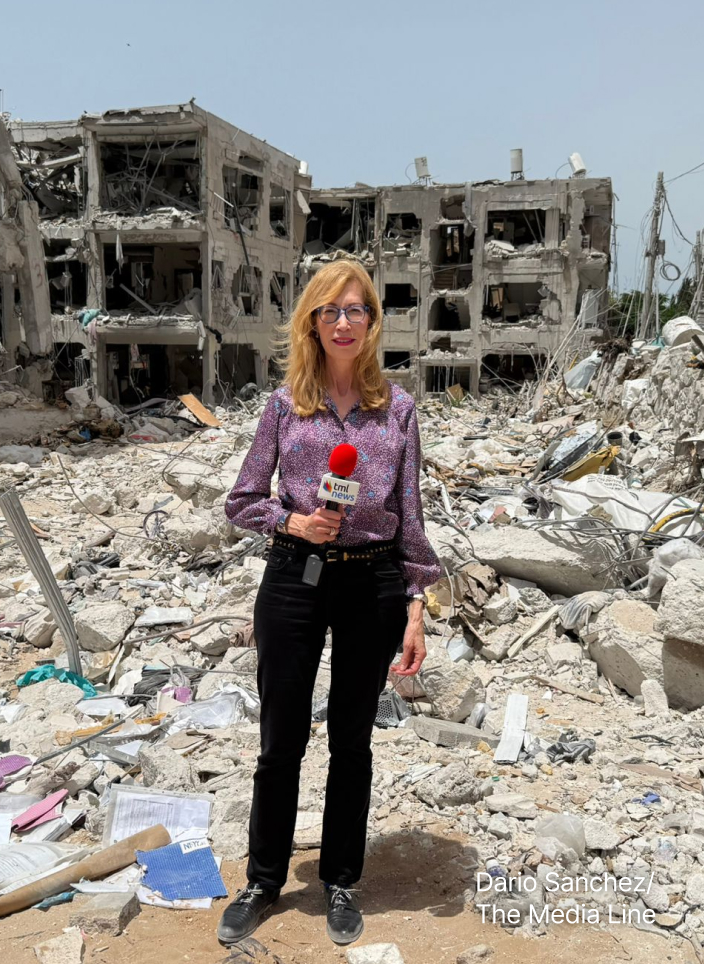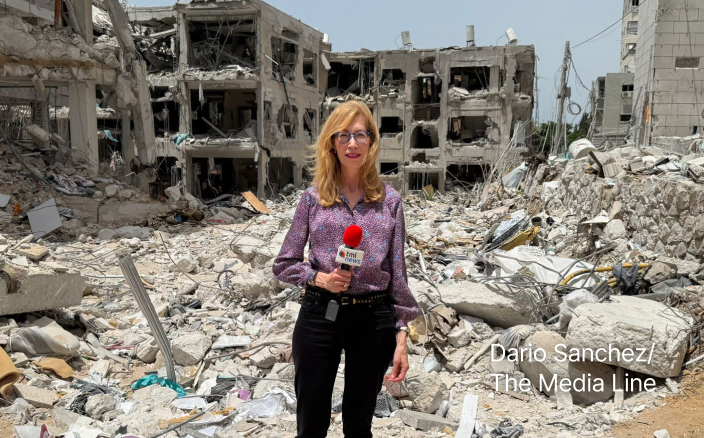Israel’s Prime Minister Benjamin Netanyahu accepted the US-mediated cease-fire proposal on Monday, according to US Secretary of State Antony Blinken. The proposal’s acceptance by Israel signals a readiness to de-escalate tensions, albeit under terms that ensure its security concerns are addressed. For Hamas, the acceptance of such a proposal would mean conceding to negotiations under US and international mediation, which could include compromises on their governance in Gaza and military capabilities.
Details
The cease-fire proposal is strategically structured to address the immediate humanitarian crisis and leverage the release of hostages to pave the way for more comprehensive negotiations. This approach aims to stabilize the region incrementally, aiming to achieve a lasting peace that addresses both humanitarian and security issues.
The proposal, as detailed by President Biden, outlines a roadmap towards an enduring cease-fire and emphasizes the phased release of hostages as a critical initial step, specifically targeting the most vulnerable groups such as women, children, the elderly, and the sick. This selective release is intended to build trust between the parties and set a precedent for the later stages of negotiation, which seek the release of all remaining hostages and a full withdrawal of Israeli forces from Gaza.
Details regarding the specific roles of international actors are still emerging regarding monitoring and ensuring compliance with the cease-fire terms. There are ongoing discussions about increasing the presence of international monitors along key border areas, such as the Philadelphi Corridor—which lies along the border between Gaza and Egypt—to prevent the rearmament of Hamas and ensure that any cease-fire remains effective. This could involve technological surveillance measures or even a multinational force, although the specifics remain under negotiation. Additionally, there is talk of creating a buffer zone that could be jointly managed by an international coalition, reducing direct Israeli presence while maintaining security.
Another significant detail is the handling of humanitarian aid during the cease-fire. The flow of aid into Gaza is expected to increase dramatically during the cease-fire, but this is contingent on the stability of the cease-fire itself and the cooperation of all parties. The Rafah crossing, a critical entry point for humanitarian supplies, is expected to play a central role, but its operation remains precarious, with potential disruptions likely if hostilities resume or if there are security incidents near the crossing.
Give the gift of hope
We practice what we preach:
accurate, fearless journalism. But we can't do it alone.
- On the ground in Gaza, Syria, Israel, Egypt, Pakistan, and more
- Our program trained more than 100 journalists
- Calling out fake news and reporting real facts
- On the ground in Gaza, Syria, Israel, Egypt, Pakistan, and more
- Our program trained more than 100 journalists
- Calling out fake news and reporting real facts
Join us.
Support The Media Line. Save democracy.
Problems
Following the announcement of Israel’s acceptance, the Jewish state successfully recovered the bodies of six hostages from Gaza, underscoring one of the major unresolved issues: The true number and condition of the hostages.
There are conflicting reports on how many hostages are alive and under what conditions they are being held. As of late 2023, Israeli intelligence assessed that approximately 60 hostages had died from conditions directly attributable to bombings, while others perished from conditions in captivity or during the abduction itself. Meanwhile, Hamas has reported that nearly 50 hostages were killed during specific airstrikes—a claim that Israel has neither fully confirmed nor denied as it continues emphasizing that Hamas is ultimately responsible for the safety of the hostages it holds.
The verification of these conditions and the responsibility for these deaths are contentious points between the two parties. International organizations, such as the Red Cross, which would typically play a role in monitoring and verifying the condition of hostages, face severe access restrictions in Gaza, limiting their ability to provide neutral assessments.
Another contentious point in the proposal revolves around Israel’s insistence on maintaining a presence in the Philadelphi Corridor and preventing the return of armed Hamas forces to northern Gaza. Over the years, this corridor has become infamous for its extensive network of tunnels, which Hamas has utilized to smuggle arms, construction materials, and other contraband into Gaza. These tunnels have enabled Hamas to maintain and expand its military capabilities despite blockades and international efforts to curb their activities. While the proposal suggests a temporary withdrawal of Israeli forces from this area during the six-week cease-fire phase, there are concerns about whether this would enable Hamas to rearm.
Reports suggest that Israeli security chiefs believe specific measures could be implemented along the border to compensate for this withdrawal, potentially involving increased surveillance or international monitoring. However, the specifics of these measures remain unclear, and Hamas has categorically rejected any proposal that would allow for an ongoing Israeli presence or a mechanism to prevent its forces from reestablishing control in northern Gaza.
Implications
A successful cease-fire negotiation and implementation could significantly reduce hostilities and pave the way for a more stable and peaceful region. Such a development might reduce the influence of more radical elements within Gaza and strengthen moderate forces open to peace negotiations. On the international stage, a successful cease-fire and hostage deal would enhance the credibility of mediators like the United States and Qatar, who have invested significant diplomatic capital in these negotiations.
Conversely, any failure in the negotiation process could lead to a rapid escalation of conflict, with severe consequences for civilian populations and international relations. The continuation or intensification of hostilities would likely exacerbate the humanitarian crisis in Gaza, where access to basic necessities like food, water, and medical care is severely restricted.
A breakdown in negotiations could also have wider geopolitical ramifications, potentially drawing in other regional powers such as Iran, which has been a staunch supporter of Hamas. An escalated conflict could spill over into neighboring countries, leading to a broader regional war that could further destabilize the Middle East.

